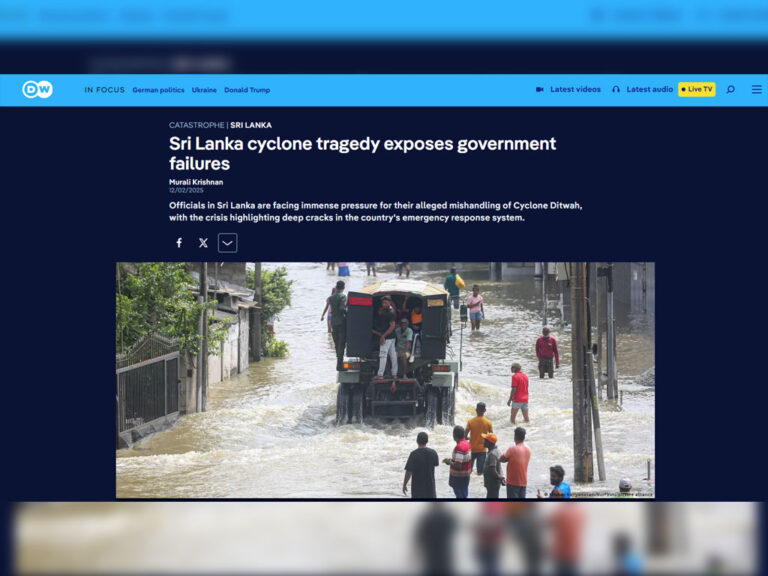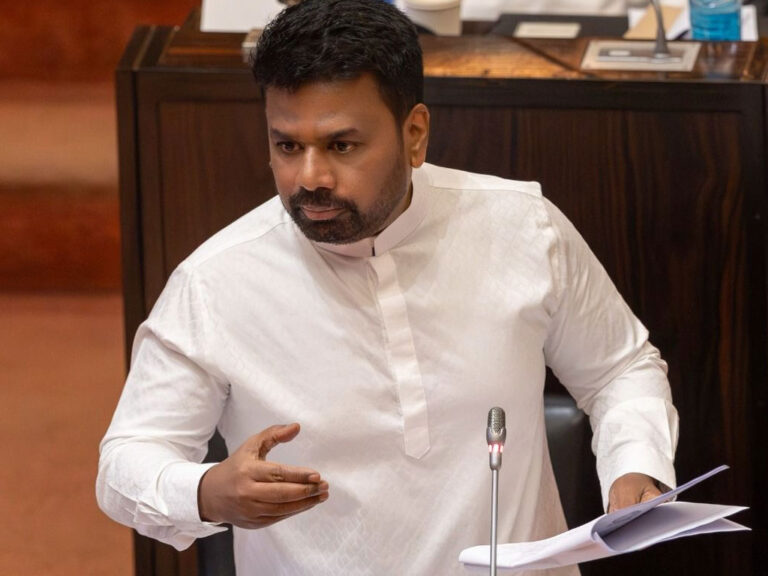
At least five spectators at one of Sri Lanka’s most patronized motor racing events lost their lives and more than 20 others were injured, when the cars of three competitors veered off the track and crashed into them on Sunday morning.
The dead and the injured were witnessing what has come to be known as the Foxhill Supercross in Diyatalawa organised and conducted jointly by the Sports Board of the Sri Lanka Military and the controlling authority of the sport Sri Lanka Motor Sports.
A racing track steward said the drivers of three vehicles lost control of their machines in a corner of the circuit and crashed simultaneously before plunging into the crowd.
The injured were rushed to hospital along with the fatally wounded who were pronounded dead on arrival.
An eye witness to the crash said there was very little safety measures in place to protect spectators who were exposed to potential dangers along the track almost within touching distance of the vehicles.
The Foxhill Supercross was a revived race after it was suspended due to the Covid 19 pandemic contested by nearly 300 drivers and riders some below the age of 10.
It was also the first major racing event to take place this year in which the country’s best and most experienced drivers and riders entered to participate.
In the wake of a devastating accident questions loom large over the safety protocols and accountability of both sponsors and organizers. As spectators gathered to witness the adrenaline-fueled races, little did they know that tragedy would strike, leaving many injured and shaken.
One of the primary concerns raised is whether proper motor sports spectator insurance was procured by the sponsors and organizers. Without adequate insurance coverage, the victims of the accident may face significant financial burdens in addition to their physical injuries.
Furthermore, scrutiny falls upon the condition of both the vehicles and the track itself. Were the vehicles track-worthy, and was the track properly maintained for safe racing conditions? It’s imperative that thorough inspections are conducted to determine any lapses in safety standards.
In light of the accident, it’s clear that precautionary measures must be implemented to mitigate risks during future events. If the track is dry, arrangements should be made to water it to enhance traction and minimize accidents.
Responsibility for the tragedy extends beyond just the motor sports federation to include the organizers of the Foxhill event. Both entities must be held accountable for any oversights or negligence that contributed to the accident.
As the community grapples with the aftermath of the tragedy, the pressing question remains: who will take responsibility? With lives lost and many injured, there is an urgent need for a thorough and proper investigation to uncover the root causes of the accident and prevent similar incidents in the future.
The timing of the accident, exactly five years after the Easter Sunday bombings that claimed over 200 lives, adds a somber note to the tragedy. It serves as a stark reminder of the importance of prioritizing safety and vigilance in all public events, especially those involving large gatherings and high-speed activities.
In the quest for justice and accountability, it is essential that all stakeholders cooperate fully with the investigation and take concrete steps to enhance safety measures. Only through collective effort and unwavering commitment to safety can tragedies like this be prevented in the future.




